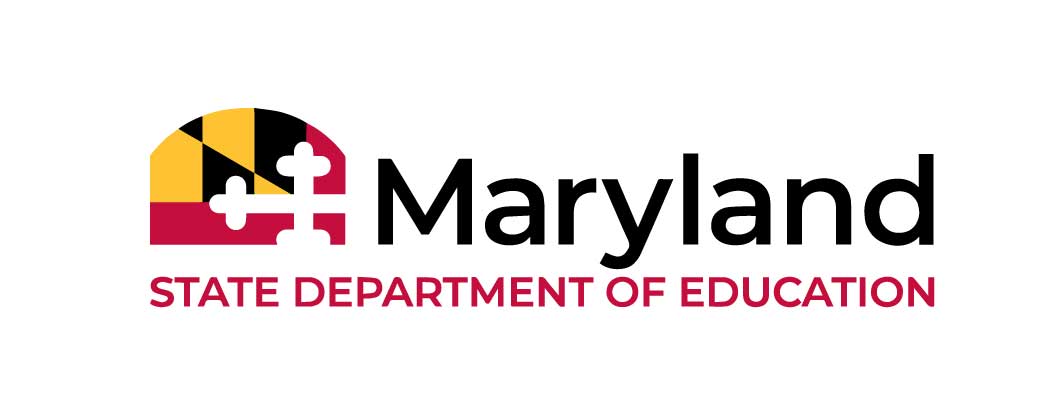Transition Talks: Specially Designed Instruction (SDI)

Specially Designed Instruction is the vehicle to improve student engagement and accelerate progress toward graduation and meaningful postsecondary outcomes for students with disabilities. Transition services/activities provided as direct, intensive instruction that target specific skills the student needs to facilitate progress toward postsecondary goals is Specially Designed Instruction for Secondary Transition.
Annual IEP goals support the student’s postsecondary goals and transition activities using multiple assessments to identify and address the student’s unique strengths and needs. Transition activities and annual IEP goals are aligned and co-developed, co-implemented, and co-evaluated using knowledge of Maryland College and Career-Ready Standards, student interests, strengths and needs. This alignment determines the content, methodology and delivery of instruction for transition services/activities to increase achievement and foster success. Specific, direct instruction is then designed using Evidence Based Practices and Predictors for Success to engage the student in relevant learning, build confidence, and accelerate progress toward annual IEP and postsecondary goals. Data is collected and c0-evaluated to measure student progress and make changes in instruction and intensity if needed. Monitoring progress for transition activities ensures fidelity of implementation and evaluates the impact of SDI.
Secondary Transition IS Specially Designed Instruction
Spotlight
Maryland’s Five Regions
Schools in Maryland’s 5 Regions use student-centered transition planning and SDI to prepare students with disabilities for life after high school. Student-centered planning has been a focus in MD to ensure transition planning is student driven and individualized. Multiple assessment resources and tools are provided and used to identify each student’s unique strengths, needs and interests to develop measurable post-secondary goals. SDI is the instruction provided to address the student’s needs and accelerates progress toward postsecondary goals. School teams use all data to collaboratively co-develop transition plans that look different for each student.
Transition activities are explicitly designed, prioritized, and co-implemented to build skills and supports needed to achieve postsecondary goals. LSSs provide instruction for these activities as SDI in the classroom, community worksites, and other environments in which the targeted skills will be used. Progress on transition activities is co-evaluated quarterly to ensure implementation fidelity and adjust instruction provided as SDI as needed.
Questions to Consider
- How can I support the structure and delivery of SDI in Secondary Transition?
- How will staff members collaborate with the special educator to provide SDI?
- How can the LSS build a supportive, collaborative environment to engage students and accelerate learning?



